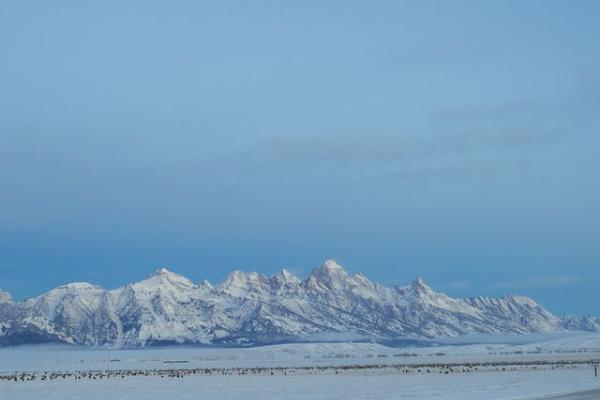The Impact of Mountains on El Niño-Induced Winter Precipitation in Western North America

A recent study highlighted by Ohio State News examined the impact of mountains on El Niño- and La Niña-induced precipitation changes in western North America. This study, backed by 150 years of data, offers valuable insights for more precise water conservation planning along the Colorado River.
The research, coinciding with a shift from a strong La Niña to a strong El Niño, adds precision to winter precipitation predictions in the Intermountain West. By analyzing historical data on rain and snow alongside El Niño Southern Oscillation (ENSO) patterns, the study reveals increasing winter precipitation trends in the north and decreasing trends in the south, particularly in the latter part of the 20th century. It also highlights the role of mountains in amplifying and obstructing precipitation, leading to heavier rainfall on their western side and reduced precipitation on their eastern side.
Byrd Center Principal Investigator Jim Stagge, assistant professor of civil, environmental, and geodetic engineering at The Ohio State University, is the study's lead author and emphasizes the importance of this research for managing water resources in water-stressed regions of western North America. Predicting winter precipitation becomes crucial as it significantly impacts summer water allocation. Improved predictions can help cities, farmers, water managers, and Colorado River Compact member states prepare for drought and conservation efforts.
The study published in Nature Water focuses on ENSO, which affects ocean temperatures and has widespread implications for global temperatures and precipitation patterns. Instead of using climate models, the researchers relied on actual observations, matching water gauge readings dating back to 1871 with ENSO trends documented by the National Oceanic and Atmospheric Administration.
The study's co-authors were Byrd Members Kyungmin Sung and Benjamin Phillips of Ohio State, former Byrd member Max Torbenson of Johannes Gutenberg University, Germany, and Daniel Kingston of the University of Otago, New Zealand.
The National Science Foundation supported this work.
Read more about this study at Ohio State News or download the PDF.
